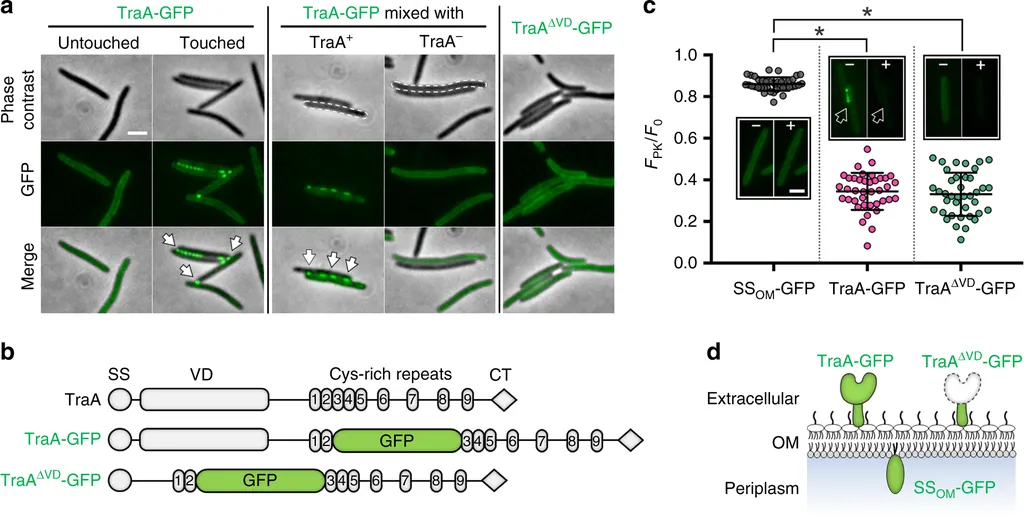In the quest for sustainable and efficient solutions in the pharmaceutical and biomedical sectors, a groundbreaking study has emerged, shedding light on the intricate dance of molecules that could revolutionize how we harness natural bioactive compounds. Led by Dilnur Tussipkan from the National Center for Biotechnology, this research delves into the interactions between Cistanoside A, a potent compound from the desert plant Cistanche deserticola, and Natural Deep Eutectic Solvents (NADES). The findings, published in the journal ‘Discover Applied Sciences’ (translated as ‘Kashf al-‘Ulum al-Tatbiqiyah’), offer a promising glimpse into the future of drug formulation and delivery.
Cistanoside A has long been recognized for its bioactive properties, but its full potential has been hampered by poor solubility and bioavailability. Enter NADES, a class of solvents that are not only environmentally friendly but also excel at dissolving a wide range of natural compounds. “NADES are like a molecular handshake between water and organic solvents,” explains Tussipkan. “They create a unique environment that enhances the solubility and stability of bioactive compounds like Cistanoside A.”
The study employs a powerful combination of density functional theory (DFT) calculations and classical all-atom molecular dynamics (MD) simulations to unravel the molecular intricacies of these interactions. DFT calculations reveal that when Cistanoside A interacts with NADES, there’s a significant redistribution of electrons, making the compound more chemically reactive and potentially more bioavailable. “It’s as if NADES are giving Cistanoside A a molecular makeover,” says Tussipkan, “enhancing its properties and making it more ready for action.”
MD simulations further illustrate the strength of these interactions, highlighting the formation of strong hydrogen bonds and van der Waals forces between Cistanoside A and NADES. These interactions not only stabilize the complex but also suggest a structural reorganization within NADES itself, adapting to accommodate Cistanoside A. “This adaptability is crucial,” notes Tussipkan. “It shows that NADES can tailor themselves to different compounds, making them versatile tools in drug formulation.”
The implications of this research are far-reaching. By enhancing the solubility and bioavailability of Cistanoside A, NADES could pave the way for more effective pharmaceutical and biomedical applications. This could mean better drug delivery systems, improved therapeutic outcomes, and even new avenues for exploring the potential of other natural bioactive compounds.
Moreover, the sustainability aspect of NADES cannot be overstated. As the world shifts towards greener technologies, the use of environmentally friendly solvents like NADES aligns perfectly with this trend. “We’re not just looking at improving drug formulations,” Tussipkan emphasizes. “We’re also contributing to a more sustainable future.”
The study’s findings, published in ‘Discover Applied Sciences’, offer a fundamental understanding of how NADES can enhance the bioavailability of natural compounds. This research sets the stage for future developments in the field, potentially leading to innovative drug formulations and sustainable practices in the pharmaceutical industry. As we continue to explore the molecular intricacies of natural compounds and their interactions with advanced solvents, the possibilities for improving human health and environmental sustainability seem boundless.

